

Darkest Dungeon is challenging and unforgiving by design. Bad things happen to good heroes; the game is about making the most of a tough situation while attempting to accomplish the goals whatever the cost.
However, this also sets the stage for truly heroic moments. Without risk and fear, can there really be courage? Plus, there is profit and glory to be had even in the darkest and meanest of catacombs, if you plan and execute well.
Darkest Dungeon is a 2D dungeon crawler where the stress put on the characters is an important part of the game's mechanics. You'll likely die early and often, but hopefully you'll keep learning. The game is available now in Early Access, and here are some tips to get you started.
My father likes to say life is about adjusting your expectations. This is definitely true in Darkest Dungeon.
If you’re going to have a good time with the game, the very first tip we have for you is to realize that "loss" is not the same thing as "failure."
Many RPGs have conditioned us to view success as crushing the monsters, scoring the epic loot, and then safely getting everyone home alive. If for some reason things don’t go according to plan, you reload the save game and give it another go.
That is not Darkest Dungeon.
Don’t expect to escape unscathed from every quest. Your favorite hero is unlikely to live through endless adventures. There will be casualties and carnage, both physical and mental.
The game autosaves constantly, so when something happens — be it good or bad — it is done. You're always playing with fire.
Did you party-wipe because everyone got weak from hunger and then you refused to retreat in the face of a battle going all to hell? That’s failure.
Did your favorite Leper sacrifice himself in a brutal slugfest against the Swine Prince, absorbing the Engaged Destruction attack so that your Vestal could land the killing Judgement blow? That’s a loss of a valiant party member, but it’s also an unqualified Victory in the parlance of Darkest Dungeon. Falling in battle is an acceptable sacrifice. Down with the vile Swine Prince!
Don’t feel bad when bad things happen to you, and don’t give up. It’s all part of the game. We want you on that knife-edge of risk and reward, never feeling complacent.
When you finish the short (but often deadly!) tutorial, you arrive in town and the first thing you are required to do is recruit a couple of heroes at the Stagecoach. Upgrade the "Stagecoach Network" one or even two slots, which can be done with your starting heirlooms. This gives you several immediate benefits.
Most importantly, an upgraded stagecoach increases the number of heroes that will be available upon return from your next quest. More available heroes means more classes to choose from, and you also can be a little more choosey about which heroes you take. You can examine their quirks and starting skills, and not be forced to take any heroes that you don’t like.
Darkest Dungeon is like X-Com in terms of roster management, rather than a traditional single-party RPG. A key to success is having a diverse and balanced roster that allows you have to field different parties for different quests. Although it’s not in the game just yet, the victory condition for the end game will in fact require you to field multiple parties.
You’ll want a Vestal or an Occultist with you on almost every run, as they are currently the only heroes with powerful heals. There is plenty to experiment with on party composition and skill selection, but making sure you bring one of these two is a very good idea.
Beyond that, you should generally take a melee DPS or tank (Crusader, Hellion, or Leper). That leaves two more slots for some of the versatile heroes (Highwayman, Grave Robber, Plague Doctor, Jester or Bounty Hunter).
Pay attention to the skills available to the heroes and how they match the dungeon you're entering. For example, the Hellion has some nifty bleed inducing skills, but if you are tromping around the ruins, you’ll note that skeletons are nearly bleed-immune. You could still bring the Hellion, but at the very least you might want to change out her skills to better suit the region.
The starting party (Crusader, Highwayman, Plague Doctor, and Vestal) is perfectly capable of smashing skellies up in the first region (Ruins). Use Plague Doc for area of effect blights or stuns, Crusader and Highwayman to tag-team big baddies, and the Vestal as artillery with heal support as needed.
Of course, you can and should experiment with your own party composition! Four Occultists? Why not!
Just make sure the skills you take are usable for whatever rank you plan to put a given hero in.
This isn’t the sexiest tip, but it is vital to your success: retreat.
You can retreat from combat, and you also can abandon quests altogether. If you find yourself ignoring these options you’re probably making things even harder on yourself.
Retreating from combat can give you a quick moment to reset party order, apply a bandage, munch a bit of food to get off of Death’s Door or even back away from that fight altogether and try a different path.
It’s also the first step towards abandoning a quest, should that be next on your agenda. There is a chance on any given attempt that Retreat will fail, so sometimes it’s good to start trying a little before the last possible moment. Heroes’ afflictions can affect retreat attempts, too — an Irrational or Masochistic hero might ignore your command and fight on.
Here are two examples of clever ways to run the hell away:
A Clever Retreat: In a pitched battle against Ectoplasms that begin replicating out of control? Retreat, and then re-engage the originals without their buddies.
Pro-Strat Retreat: "Explore" quests require you to visit a certain percentage of the rooms in the dungeon. Sometimes you get lucky, and one of those rooms you visit is on a dead end. If you walk into the room and find a strong enemy party there, Retreat out and carry on your way to the rest of the dungeon. The room still counts as visited. Always remember your goals: "Cleanse" is very different than "Explore."
While there are some exceptions, TPKs (total party kills) in Darkest Dungeon should be very, very rare. The reason? If you find yourself with a dead party of four, it means you didn’t retreat after the first death. And you didn’t retreat after the second death. And you didn’t retreat after the third death. Don't blame the designers for making a hard game, blame yourself for pushing a bad situation for way too long.
When you abandon your quest, you keep whatever you are carrying and head back to town. This is a great way to grind out some money without bringing your heroes to the very brink. They do suffer stress for "failing" the quest, but a stressed out hero is (usually) better than a dead hero. You can abandon your way to profits if you're willing to deal with the human cost.
Finishing a quest has very good reward kickers (completion gold and heirloom bonuses and resolve XP for the hero), but again sometimes discretion is the better part of valor. How much to risk is up to you.
Some dungeon runs are lost before you begin. The provisioning screen is a short but important part of your quest. You’ll want to bring enough food, torches, bandages and so on to suit the quest length, the region and your play style
Supplies cost money and inventory space, however, so it’s not as simple as just bringing a ton of everything if you want to make a profit. Over time, you’ll learn what makes sense where. Play it safe and over-prepare a bit when starting out.
For your first short Cleanse quest, 12 food and eight torches should about do it. Explore quests have more rooms, so you’ll want to bring a bit more for those.
Retreating is vital to your success
On a related note: Torchlight is an extremely important mechanic in the game, and it’s not as simple as it may first seem. The torch starts at 100 percent and then dwindles as you move through the dungeon. The brighter the light, the safer the heroes are and the less stress they take. As the torch dims, monsters fight harder and heroes take more stress.
But wait! The darker it is, the better the loot drops. Doing "dark runs" can actually be quite profitable. It comes at a risk, however.
For your first couple of quests, bring plenty of spare torches and use them (right-click) frequently to boost the light back up. This will keep ambushes down and stress damage more manageable. Stick to the light until you’re ready for the horrors lurking out there.
Last, but definitely not least, bring a shovel or two. Trust me.
Tyler Sigman is co-President of Red Hook Studios and the designer of Darkest Dungeon


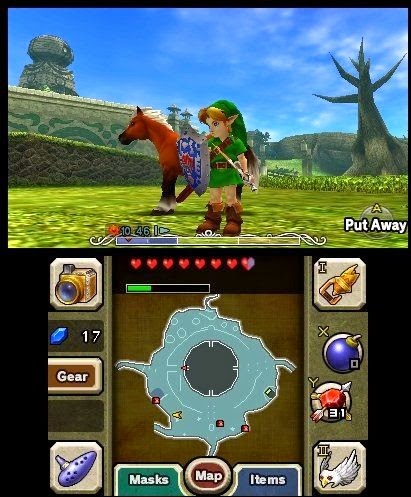
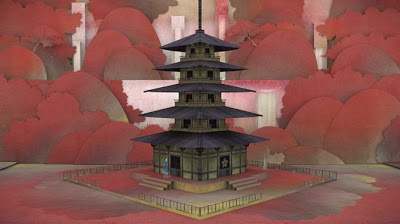
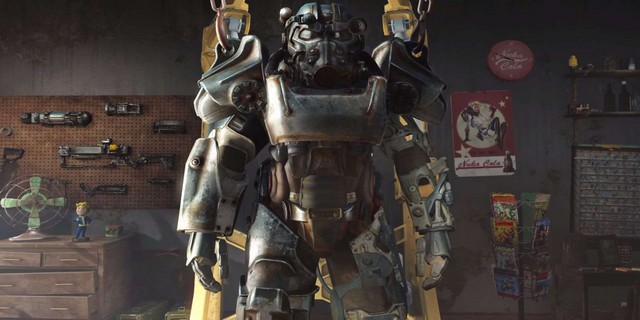 Fallout 4: Entrance Code For Road To Freedom Quest Revealed (Update)
Fallout 4: Entrance Code For Road To Freedom Quest Revealed (Update)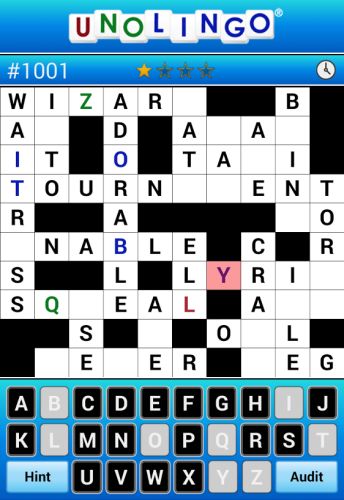 Words Without Friends: 7 Mind-Bending Single-Player Word Games
Words Without Friends: 7 Mind-Bending Single-Player Word Games Top 20 Biggest Game Worlds of all Time
Top 20 Biggest Game Worlds of all Time Best Local Co-op Games for Xbox 360, PS3 & PC
Best Local Co-op Games for Xbox 360, PS3 & PC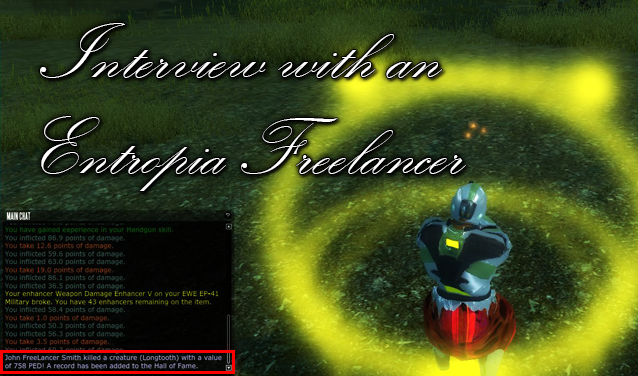 An Insight into Entropia Universe
An Insight into Entropia Universe